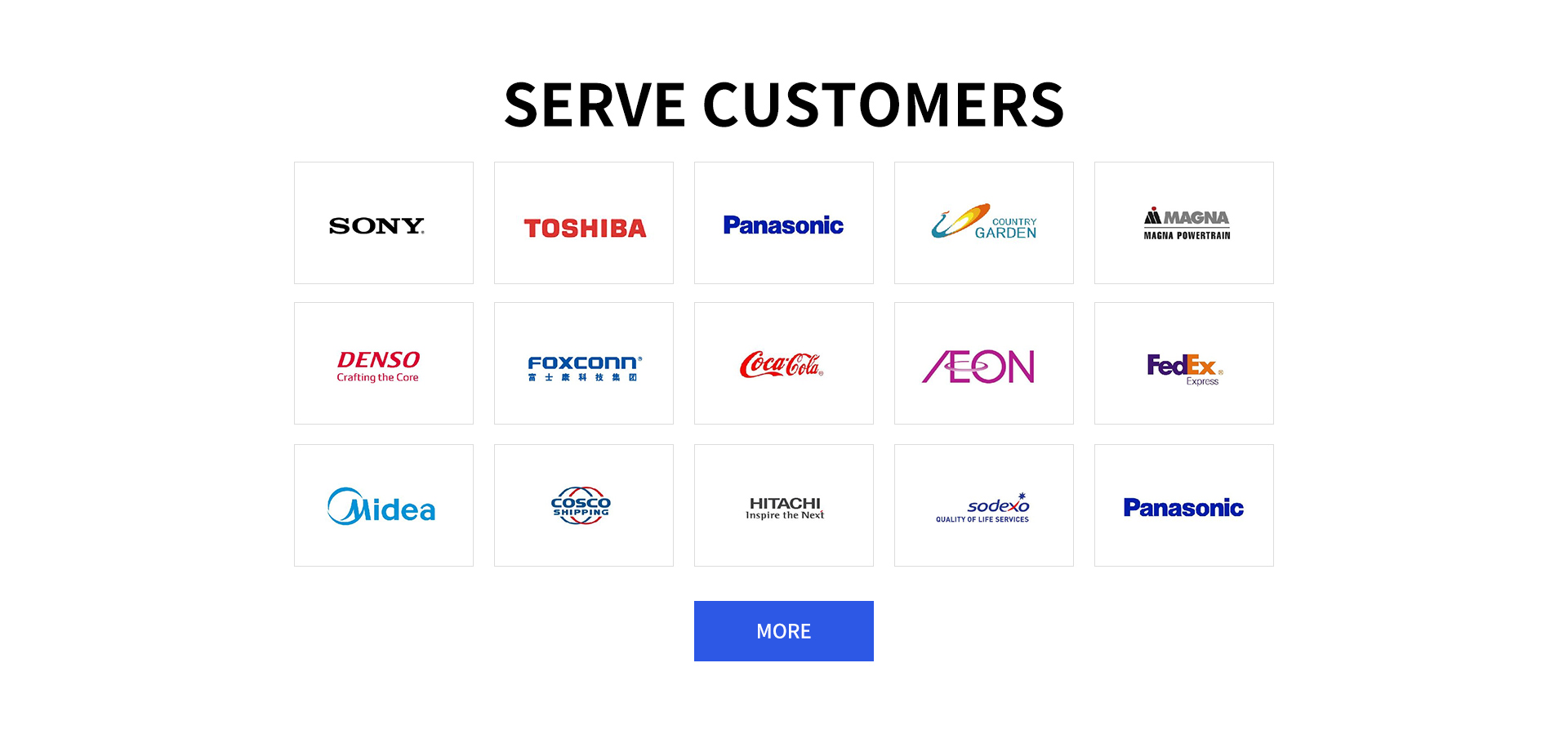Powder Coated Brake Lines are critical for automotive safety, providing durable corrosion protection in harsh environments. The demand for these components is rising due to their superior resistance to road salt, moisture, and abrasion compared to uncoated or traditionally painted brake lines. Powder Coated Brake Lines utilize an electrostatic process to apply dry polymer powder, which is thermally cured into a uniform, non-porous layer. This coating extends the lifespan of brake systems, reduces maintenance costs, and ensures reliable hydraulic pressure transmission. Market prices vary based on materials (e.g., stainless steel vs. coated steel) and customization, with aftermarket options ranging from 50–200 per set. Industries like commercial transportation, off-road vehicles, and marine applications prioritize Powder Coated Brake Lines for long-term performance in corrosive conditions .Powder Coated Brake Lines System Project IntroductionPowder Coated Brake Lines systems integrate electrostatic application, curing ovens, and quality control stages to ensure complete coverage. The process begins with surface pretreatment—degreasing and phosphating—to enhance powder adhesion. Electrostatic spray guns charge polymer particles (e.g., epoxy-polyester hybrids), which adhere to grounded brake lines via Faraday cage effects. Curing at 180°C–200°C fuses the powder into a cohesive layer, typically 60–120 μm thick. Advanced systems include automated conveyors for batch processing and infrared ovens for rapid cross-linking. Powder Coated Brake Lines outperform liquid coatings in edge coverage and environmental compliance, emitting zero VOCs. Custom configurations accommodate brake line geometries, from straight tubes to complex bends, ensuring uniform protection without compromising hydraulic integrity .Powder Coated Brake Lines Automated Surface Treatment Process TechnologyAutomation elevates Powder Coated Brake Lines quality through precision and repeatability. PLC-controlled systems adjust gun voltage (60–100 kV) and powder flow rates for consistent thickness, even on complex contours. Robotic manipulators ensure 360° coverage, while laser scanners detect part dimensions to optimize spray paths. Key technological features include infrared curing, which reduces energy use by 20% versus conventional ovens, and powder recovery cyclones that reclaim 95% of overspray. Powder Coated Brake Lines exhibit adhesion ratings of ASTM 5B after salt spray testing (500+ hours), meeting automotive standards like SAE J527. Automated monitoring tracks parameters like oven temperature (±5°C tolerance) and line speed (1–5 m/min), minimizing defects such as orange peel or pinholes. These technologies make Powder Coated Brake Lines ideal for high-volume production, with throughputs exceeding 500 units per hour .Powder Coated Brake Lines Supplier Selection TechniquesSelecting a supplier for Powder Coated Brake Lines requires evaluating technical expertise, compliance, and customization capabilities. Prioritize manufacturers with ISO 9001 or IATF 16949 certifications, ensuring adherence to automotive quality management. Assess their experience with brake line-specific coatings, including experience with materials such as copper-nickel alloys or coated steel tubing . Customization options should cover diameter adaptations (e.g., 3/16″ to 5/16″) and fitting compatibility (e.g., double-flare vs. ISO flares). Request evidence of testing protocols, such as adhesion cross-cut tests or 72-hour salt spray resistance reports. Suppliers offering full integration—from bending to coating—reduce logistical risks. After-sales support, like warranty terms (e.g., 2–5 years) and technical assistance, is critical for long-term reliability. Powder Coated Brake Lines suppliers should provide material certifications and batch traceability to ensure consistency .Powder Coated Brake Lines Industrial Powder Coating Application SolutionsPowder Coated Brake Lines address diverse industrial challenges through tailored solutions. For commercial trucks, thick-film epoxy coatings (100–150 μm) resist stone chipping and road salt, exceeding 1,000 hours in salt spray tests. Off-road vehicles benefit from flexible polyester powders that withstand vibration without cracking. In marine environments, zinc-rich primers beneath powder coatings provide cathodic protection. Automated lines enable just-in-time production for automotive OEMs, with color-coding options for brake circuit identification. Powder Coated Brake Lines also support sustainability goals by eliminating solvent emissions and enabling powder recycling. These solutions balance performance with regulatory compliance, adhering to standards like FMVSS 106 for hydraulic brake systems .Powder Coated Brake Lines Equipment Q&AHow to Choose Powder Coated Brake Lines for Specific Vehicle ApplicationsSelecting Powder Coated Brake Lines depends on vehicle type, operating conditions, and regulatory requirements. For high-performance cars, stainless steel lines with epoxy coatings handle extreme pressures (3,000+ PSI) and temperatures (−40°C to 200°C). Off-road applications prioritize abrasion-resistant polyurethane topcoats. Verify compatibility with brake fluids (e.g., DOT 4/5.1) and fitting types (e.g., inverted flare vs. metric). Custom Powder Coated Brake Lines should match OEM specifications for length and diameter to avoid pressure loss .How to Maintain Powder Coated Brake Lines for LongevityRoutine inspections every 6–12 months detect early wear. Check for scratches, corrosion, or swelling at fittings. Clean with pH-neutral solvents to avoid coating degradation. Avoid abrasive tools during installation; use nylon-lined clamps to prevent galvanic corrosion. Powder Coated Brake Lines require minimal upkeep, but fluid leaks or soft pedals necessitate immediate replacement to maintain braking efficiency .How to Verify Quality Standards in Powder Coated Brake LinesQuality Powder Coated Brake Lines adhere to SAE J527 and FMVSS 106 standards. Request mill certificates for materials and coating quality reports showing adhesion (ASTM D3359) and corrosion resistance (ASTM B117). Reputable suppliers provide third-party test data, ensuring lines withstand burst pressures ≥20,000 PSI. For OEM applications, certifications like ECE R90 validate performance consistency .How to Install Powder Coated Brake Lines CorrectlyInstallation requires careful handling to avoid coating damage. Use flare nut wrenches to prevent rounding fittings. Route lines away from heat sources (e.g., exhaust) and sharp edges. After connection, bleed the system thoroughly to remove air. Test for leaks with pressurized fluid. Proper installation of Powder Coated Brake Lines ensures optimal hydraulic performance and coating durability .How to Troubleshoot Common Issues with Powder Coated Brake LinesCoating blistering may indicate moisture contamination during application—verify supplier quality controls. Fluid leaks often stem from improper flaring or over-tightening. A spongy pedal suggests air ingress; re-bleed and inspect for microcracks. Powder Coated Brake Lines with uniform texture and color typically indicate correct curing processes .
Statement: Hangzhou Huaxiang Coating Equipment Co., Ltd Chinese Powder Coating Equipment facturers provide you with customized equipment for various types of Powder Coating Lines, Powder Coating Ovens, Powder Coating Booths,Powder Coating Guns, etc. For inquiries! Contact us at
Email: gezx@cncolourspray.com
WhatsApp: +86 13335812068












